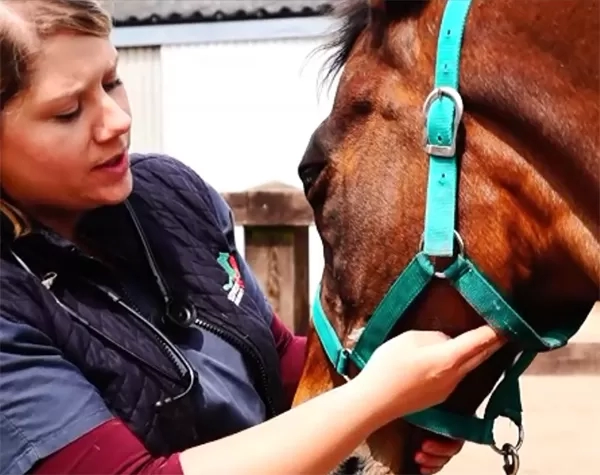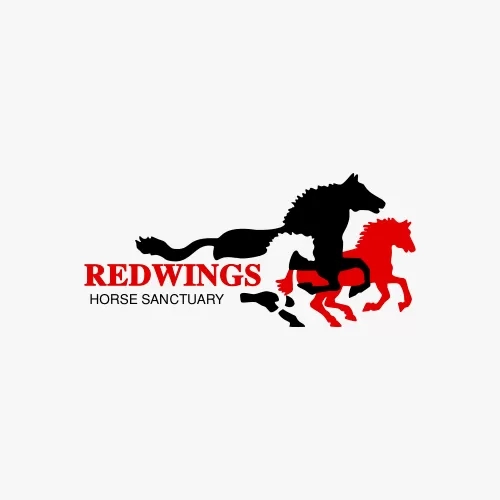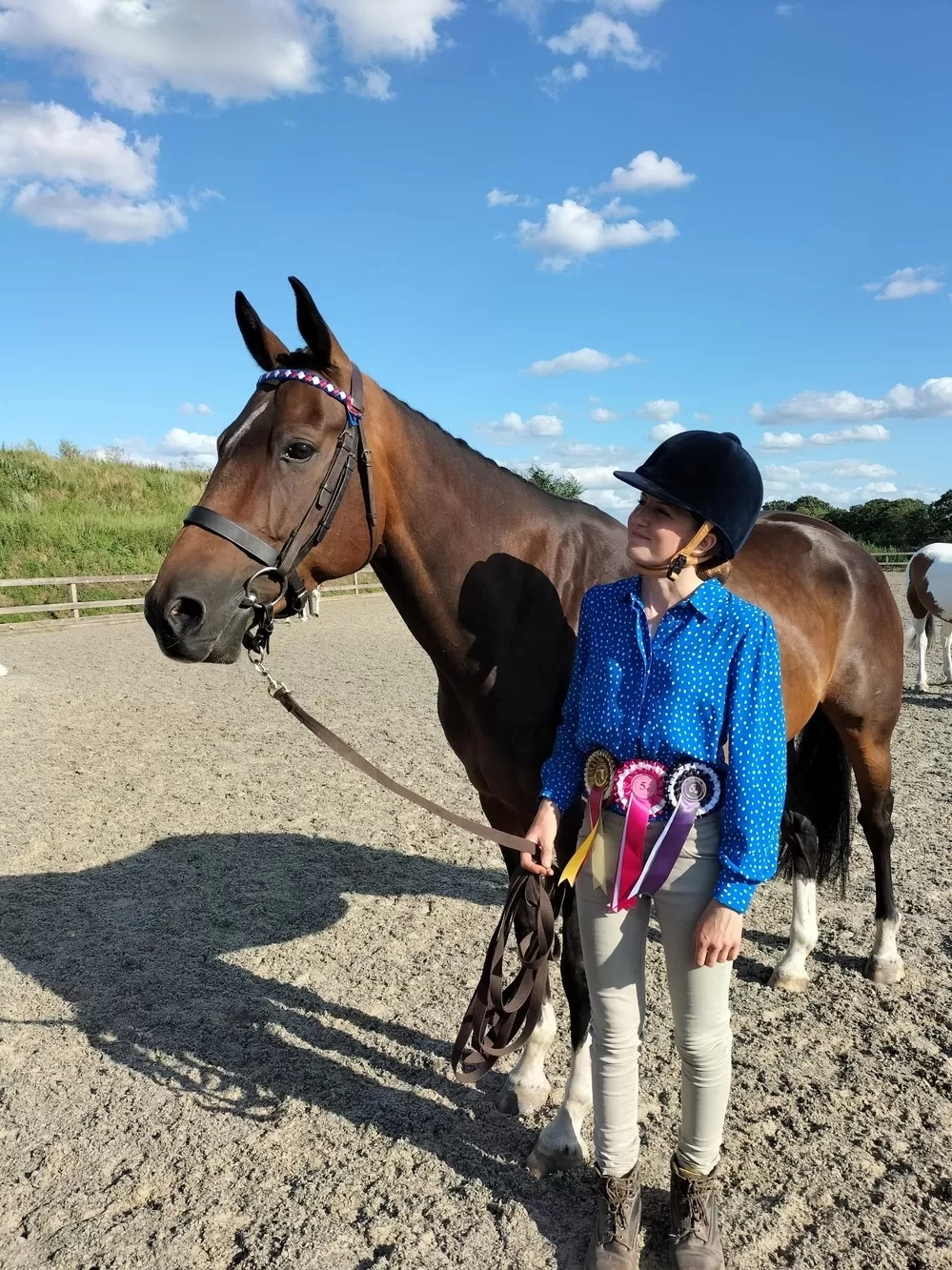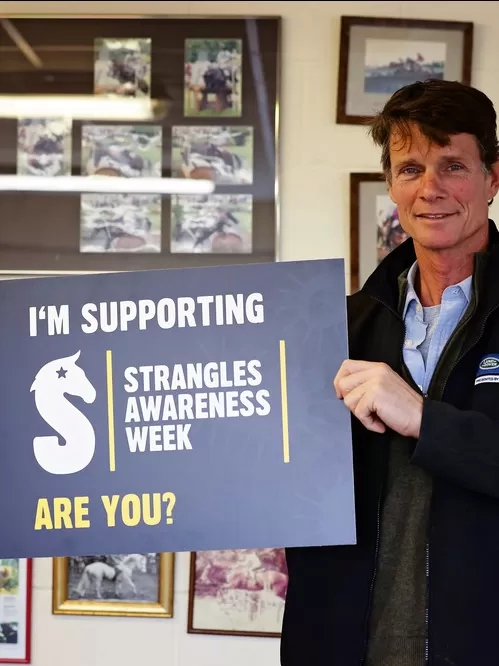25 May 2016

Redwings welfare vet Nicola Berryman shows how to take your horse's pulse in this easy to follow video - and with a helping hoof from model Bonnie!
Taking your horse's pulse is done by placing two fingers under their jaw, similarly to feeling your own pulse on your neck and then counting the number of beats in 15 seconds, and multiplying by four to get the beats per minute pulse rate.
If your horse has done intensive exercise – such as trotting or endurance racing – then the heart rate should naturally return to normal quite quickly. If it has not returned to normal within 10 minutes then the horse needs more rest, alternatively they may need veterinary help so knowing how to check your horse's heart rate is a good skill to have.

Redwings Press Office
Find out more about Redwings Press Office



